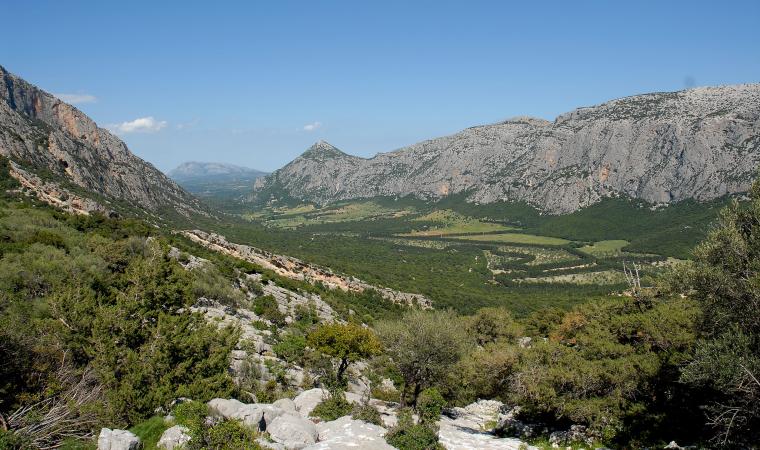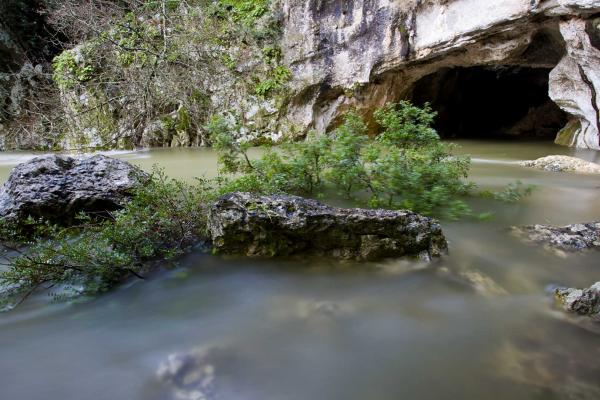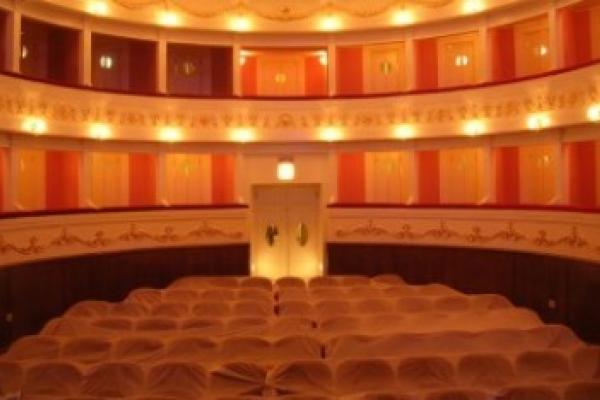Like in a romantic painting, the areas around Oliena, a village rich in history, founded during the Roman era at the foot of the limestone massif, Corrasi, are characterized by captivating valleys and mountains, making the territory a natural monument.
For kayak enthusiasts, a visit to the spring of Su Gologone is a must. This spring has been declared a national monument, thanks to its extremely deep blue and green icy waters. Trekkers really should take a trip to Monte Maccione and to the Lanaittu Valley, in which the village of Tiscali is located, along with the caves of Sa Oche, Su Bentu and Corbeddu, which got its name from a bandit who lived and took refuge here for many years in the second half of the nineteenth century. Inside them, the bones of now-extinct animalswere found, as well as human remains dating back to twenty thousand years ago, representing the oldest evidence of homo sapiens in Sardinia.
Like in a romantic painting, the areas around Oliena, a village rich in history, founded during the Roman era at the foot of the limestone massif, Corrasi, are characterized by captivating valleys and mountains, making the territory a natural monument.
For kayak enthusiasts, a visit to the spring of Su Gologone is a must. This spring has been declared a national monument, thanks to its extremely deep blue and green icy waters. Trekkers really should take a trip to Monte Maccione and to the Lanaittu Valley, in which the village of Tiscali is located, along with the caves of Sa Oche, Su Bentu and Corbeddu, which got its name from a bandit who lived and took refuge here for many years in the second half of the nineteenth century. Inside them, the bones of now-extinct animalswere found, as well as human remains dating back to twenty thousand years ago, representing the oldest evidence of homo sapiens in Sardinia.
The skilful hands of the craftsmen are one of the riches of Oliena: this is where extraordinary works like the carved wooden chests used to preserve the pane carasau bread come from, as do the embroidered silk scarfs and filigree jewels, created with skill and patience. Then there is the food that, as well as its farm flavour (goat, pork, lamb, cold cuts and cheeses) it is also famous for the semolina pasta made by hand.
It is not surprising that the village received the Orange Flag from the Touring Club Italiano, a mark of recognition of tourism and environmental quality for inland localities that stand out for their excellence in what they have to offer and their hospitality. In September, on the occasion of Autumn in Barbagia, its cortesare open: agricultural and food products and handicrafts are on show and typical dishes and wines are ready to be tasted, particularly Nepente, a wine made with Cannonau grapes and revered by the poet D'Annunzio.



















